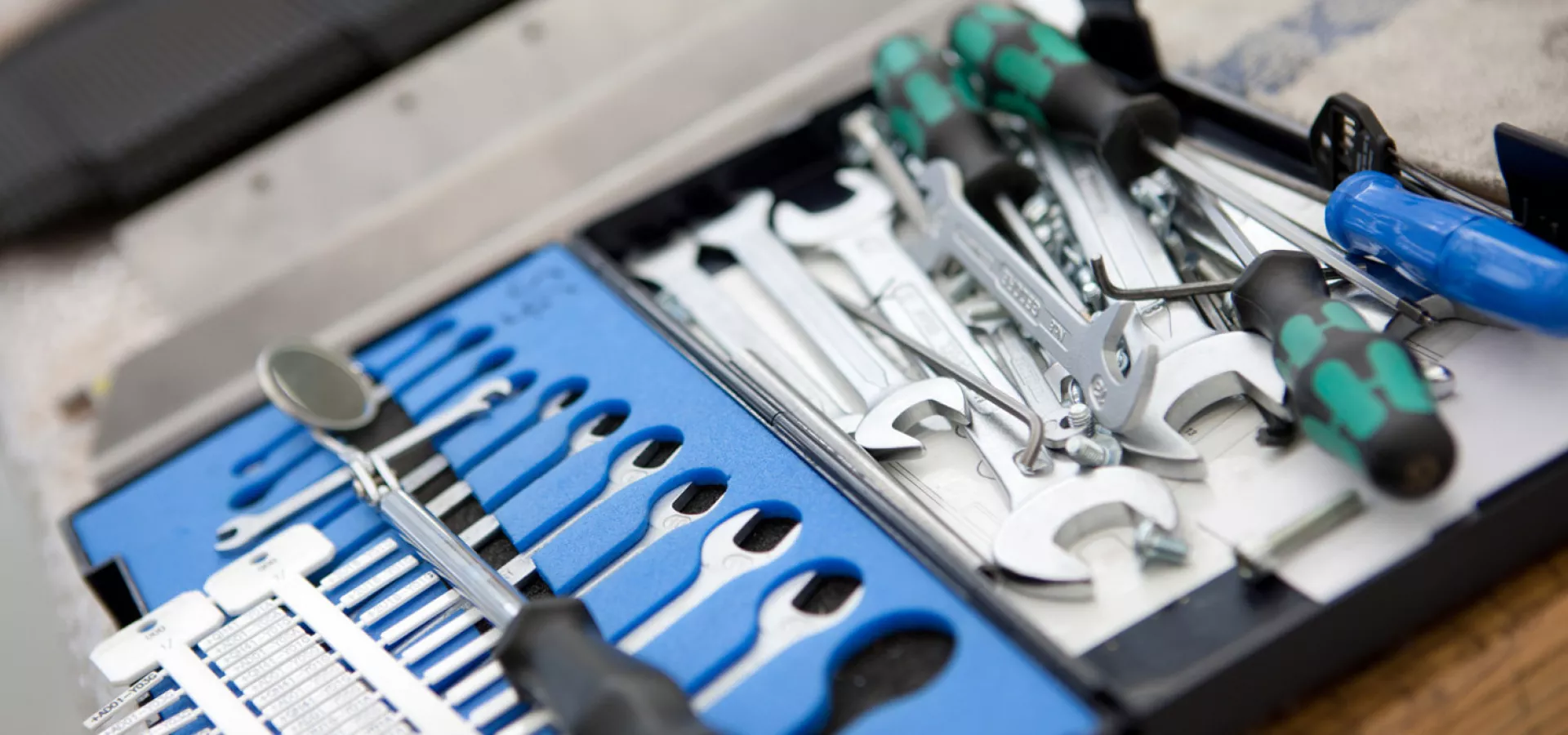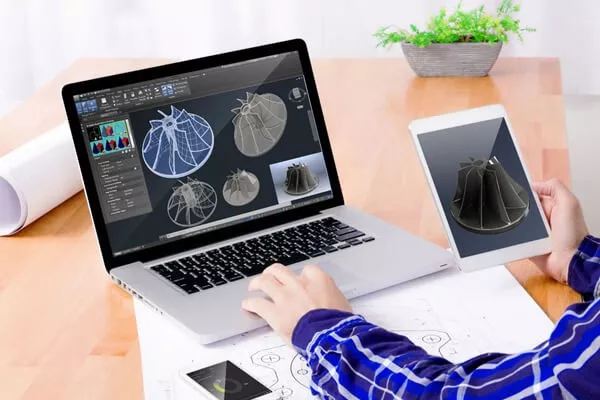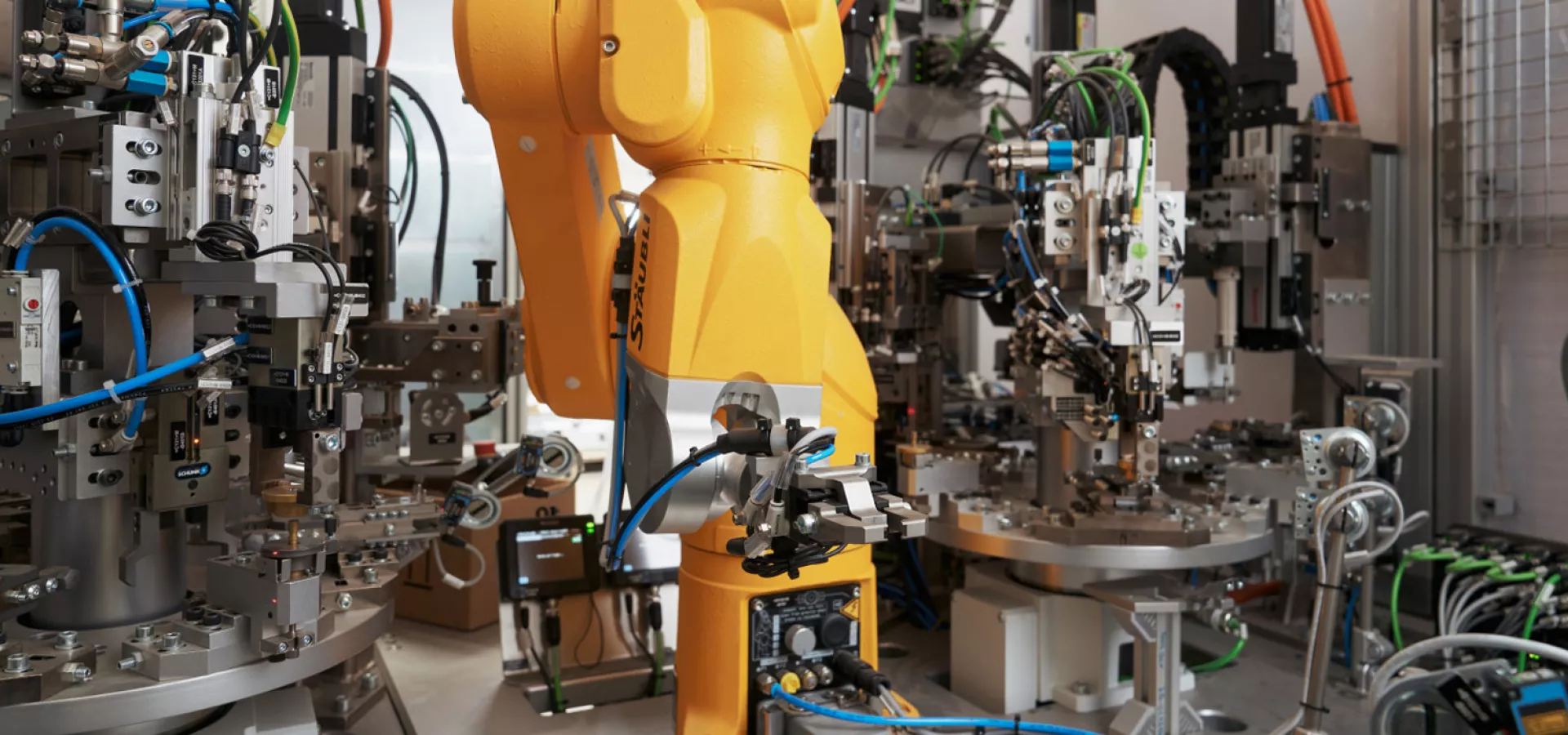
CAD: Computer-aided design made to measure
The abbreviation CAD stands for the English term computer-aided design, behind which the somewhat unwieldy-sounding concept of computer-aided design is hidden in German. To put it more simply, CAD software enables objects to be designed on a computer using a wide range of data. Instead of having to draw the object by hand, the complete modeling or even just the design of partial aspects can be done on the computer. How narrowly or how broadly the term is defined is a matter of interpretation. Especially in the field of technical drawings and technical documentation, CAD (as well as CADD) systems and programs are extremely helpful. They not only ensure greater flexibility and precision, but also help to realize potential savings thanks to faster results.
CAD-Software: How do CAD programs work and where are they used?
Anyone who is active in the field of CNC contract manufacturing today, for example, can hardly avoid using CAD software. This is because CAD software makes it possible to transfer the design specifications directly to the CNC device, thereby saving numerous intermediate steps. At the same time, transmission errors are eliminated. How exactly a CAD software works depends on the respective manufacturer and the field of application. In industrial sectors, for example, CAD programs are used to design models or to check them. It is possible to create both 2D and 3D models with the help of CAD. Depending on the software, these can be checked under real conditions in virtual space. In this way, for example, weak points or errors can be identified and corrected even before costs are invested in the construction of prototypes. Thanks to these extensive application possibilities, practically all industries nowadays make use of CAD: from the automotive industry and special machine construction to medical technology and the packaging industry.

Where are the advantages of CAD?
Some of the advantages of CAD, or computer-aided design, have already been mentioned. But what stands out the most are the time-saving, adaptable and accurate working possibilities offered by the use of CAD software. The identification of errors, the adaptation to changing conditions, and the immediate storage of all technical data and information related to the manufacturing process offer greater clarity and faster processing of tasks. In addition, the compatibility of individual systems is also convincing: Above all, the cooperation between CAD and CNC should be mentioned here.


